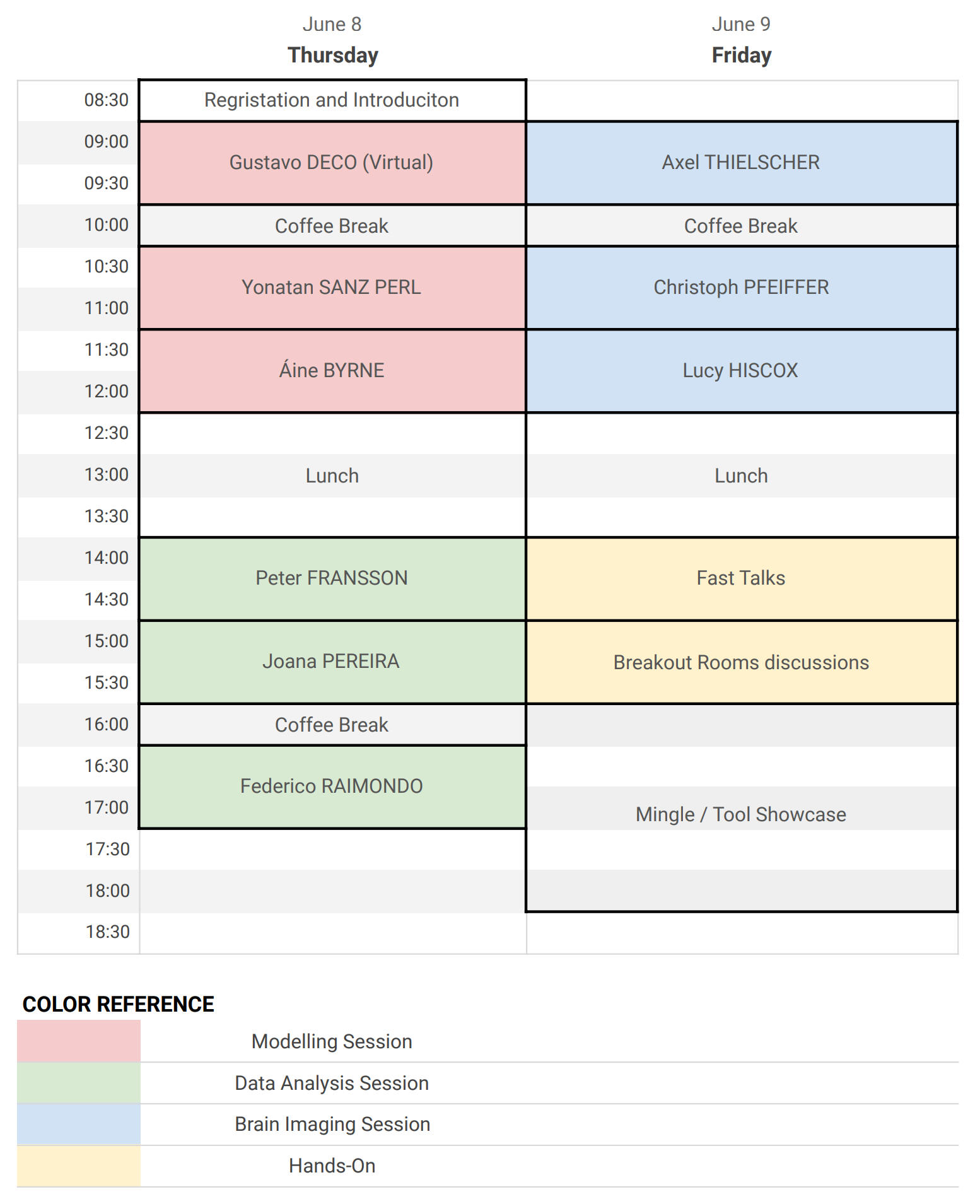Ibd 2023

Interpretable brain data workshop
8-9 June, 2023, Stockholm, Sweden

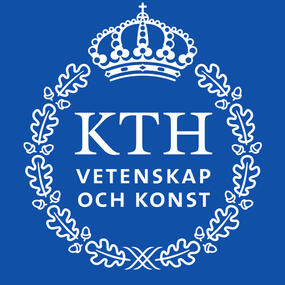

View of Stockholm-170351.jpg from Wikimedia Commons by Jonatan Svensson Glad, CC-BY-SA 4.0
Topics
Neuroscience - Human Data - Electro/magneto-encephalography (E/MEG) - Magnetic Resonance Imaging (MRI) - Dynamical Models - Functional Connectivity - Machine Learning - Statistical Analysis
About
Human brain data is complex and the process of going from raw recordings to meaningful information is highly non-trivial. Information processing in the brain is spread across a wide range of scales, both spatial and temporal. Moreover, working with neuroscientific data involves dealing with a large amount of data, which is usually noisy and have many subject-specific properties. To address these difficulties experts from different fields must work together in order to produce meaningful knowledge from brain imaging data. Being able to interpret brain data is not only important to have a better scientific understanding of how the brain works, but is especially relevant to design better diagnostic protocols and treatments for patients with neurological diseases.The aim of this workshop is to bring together people involved in different parts of the process of transforming human brain recordings into interpretable results. We will mainly focus on scientists working with electro/magneto-encephalography (E/MEG) and Magnetic Resonance Imaging (MRI) data. During the event, leading researchers in the field will introduce participants to novel techniques for data analysis and interpretation. There will also be activities to encourage dialogue among participants and to promote the emergence of new fruitful collaborations among them.
Speaker Presentations
Program
| Day | Time | Topic | Keynote Speaker |
|---|---|---|---|
| June 8 | Morning | Modelling Session | Gustavo Deco |
| June 8 | Afternoon | Data Analysis Session | Peter Fransson |
| June 8 | Evening | Social Activity | -- |
| June 9 | Morning | Brain Imaging Session | Axel Thielscher |
| June 9 | Afternoon | Hands-On | -- |
| June 9 | Evening | Social Activity | -- |
Keynote Speakers

Gustavo Deco (Virtual Speaker) - Research Professor at ICREA and Professor at the Pompeu Fabra UniversityGoogle Scholar
Talk Title:: The Thermodynamics of MindAbstract: We propose a unified theory of brain function called ‘Thermodynamics of Mind’ which provides a natural, parsimonious way to explain the underlying computational mechanisms. The theory uses tools from non equilibrium thermodynamics to describe the hierarchical dynamics of brain states over time. Crucially, the theory combines correlative (model-free) measures with causal generative models to provide solid causal inference for the underlying brain mechanisms. The model-based framework is a powerful way to use regional neural dynamics within the hierarchical anatomical brain connectivity to understand the underlying mechanisms for shaping the temporal unfolding of whole-brain dynamics in brain states. As such this model-based framework fitted to empirical data can be exhaustively investigated to provide objectively strong causal evidence of the underlying brain mechanisms orchestrating brain states.

Peter Fransson - Professor at Karolinska InstitutetGoogle Scholar
Talk Title:: Network-models of functional neuroimaging data - a brief introduction and some recent developmentsAbstract: In this talk I will provide a brief history of the field of network neuroscience, in particular when applied to functional neuroimaging data. Common model principles as well as limitations and challenges for the field will be discussed. Additionally, I will discuss some recent methodological development to study time-varying properties of brain network activity.

Axel Thielscher - Professor, Technical University of Denmark & Senior Researcher, DRCMRGoogle Scholar
Talk Title:: Personalized volume conductor modeling to interprete and guide transcranial brain stimulation and electroencephalography researchAbstract: Non-invasive transcranial brain stimulation (TBS) requires an accurate steering of the externally generated currents towards the target area to enable an unambiguous interpretation of the behavioral and physiological stimulation effects. In electroencephalography (EEG), the interpretability of the recordings benefits from an accurate localization of the neural sources that underlie the recorded scalp potentials. TBS and EEG are quite different and complementary methods, but share the same fundamental physics, where the term "volume conduction" describes the impact of the various tissue compartments in the human head on the electric current flow caused by the internal or external sources. My talk will focus on personalized volume conductor models of the human head, derived from structural magnetic resonance images. I will start by summarizing our work on the automated generation of these models and their validation using MR imaging. I will then give an overview of their various applications in TBS and EEG research, ranging from the quantification and optimization of the individually applied TBS dose to EEG source localization. The results will highlight the relevance of anatomically detailed models.
Invited Speakers

Áine Byrne - Assistant Professor at University College DublinGoogle Scholar
Talk Title:: Population-level models of neural activity that include a dynamic synchrony variableAbstract: Electrophysiological brain recordings are dominated by oscillatory activity, spanning a wide range of temporal scales. These oscillations exhibit both spontaneous and event-driven fluctuations in amplitude, which are believed to arise from a change in the synchrony of underlying neuronal population firing patterns. Previous population level models of neural activity, such as the Wilson-Cowan model, have failed to account for these fluctuations as they do not explicitly track the within-population synchrony. Starting with a network of synaptically coupled quadratic integrate-and-fire neurons, we use the Ott-Antonsen ansatz to reduce the population to a few variable model, which takes the form of a Wilson–Cowan style model coupled to dynamic equation for the population synchrony. As in the original Wilson–Cowan framework, the population firing rate is at the heart of our new model; however, in a significant departure from the sigmoidal firing rate function approach, the population firing rate is now obtained as a real-valued function of the complex valued population synchrony measure. To highlight the usefulness of this next generation Wilson–Cowan style model I will show how it can be deployed in a number of neurobiological contexts, providing understanding of the changes in power-spectra observed in EEG/MEG neuroimaging studies of motor-cortex during movement, insights into patterns of functional-connectivity observed during rest and their disruption by transcranial magnetic stimulation, and to describe wave propagation across cortex.

Lucy V Hiscox - Research Fellow at University of BathGoogle Scholar
Abstract: Magnetic resonance elastography (MRE) has recently emerged as a highly sensitive MRI-based technique to noninvasively quantify brain tissue biomechanical properties (i.e., viscoelasticity) in vivo. Measurement of brain viscoelasticity provides a unique biophysical signature of neuroanatomy which are representative of the composition and organization of the complex tissue microstructure. In this talk, I will introduce brain MRE and discuss the main steps needed to carry out an investigation. Next, I will detail how progress in MRE technology has provided unique insights into brain development and aging, neurodegenerative disease, and structure-function relationships. Finally, I will discuss promising technical innovations within the field that have the potential to aid data interpretability and reveal considerably more about brain health and disease.

Joana Braga Pereira - Associate Professor at Karolinska InstituteGoogle Scholar
Talk Title:: Alterations of Brain Connectivity in Neurodegenerative DisordersAbstract: The human brain is a complex network that changes during normal aging as well as with the development of neurodegenerative disorders such as Alzheimer's disease and Parkinson's disease. During this talk I will describe different approaches to assess changes in brain connectivity using neuroimaging techniques such as structural T1-weighted imaging, functional magnetic resonance imaging, diffusion weighted imaging and positron emission tomography. I will focus mainly on graph theoretical approaches, deep learning models and independent component analyses, and highlight the important insights they have provided us for understanding the mechanisms underlying neurodegeneration.
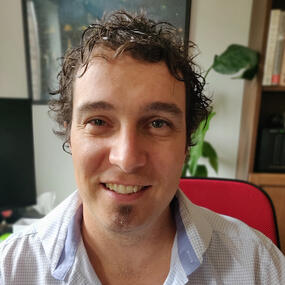
Federico Raimondo - Researcher at Forschungszentrum Jülich (FZJ)Google Scholar
Talk Title:: Building machine learning models from Neuroimaging and Electrophysiology: caveats and insights from large-scale datasetsAbstract: Predictive modelling (through machine learning) has been widely applied to Neuroimaging and Electrophysiological data to predict behavioural and cognitive traits. That is, finding patterns in data (functional MRI, structural MRI, EEG, MEG, EKG, etc.) that can explain individual traits. In contrast with the trend to build purely high-performance models, researchers are mainly interested in obtaining novel insights on brain structure and function through interpretable models. Performing such analysis in large-scale datasets such as the Human Connectome Project or the UKBiobank has revealed novel information, including possible false positives and misleading interpretations. In this presentation, I will present work on this topic, showing the caveats and limitations of these studies, as well as methodological improvements that can be used to prevent such caveats.
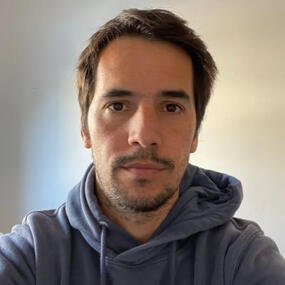
Yonatan Sanz Perl - Researcher at University Pompeu FabraGoogle Scholar
Talk Title:: Visualizing perturbations of conscious states using whole-brain models combined with variational autoencodersAbstract: Applying external perturbations to a system to determine its properties is one of the oldest tricks in the natural sciences. In the context of neuroscience and neurology, perturbational approaches (e.g. combined TMS and EEG) show great promise to characterize brain states in terms of responsiveness and conscious awareness. Moreover, external and non-invasive perturbations are also rehearsed to modify the state of consciousness, as in the case of brain injured patients presenting disorders of consciousness. In spite of the obvious importance of perturbations to understand states of consciousness, we lack a general theory to predict what different stimulation protocols will do in terms of brain activity, cognition and behavior. In this talk, we will show how computational models combined with dimensionality reduction techniques from deep learning (variational autoencoders) are useful to visualize the effect of different perturbations applied to brain states such as sleep, anesthesia and patients suffering from disorders of consciousness.
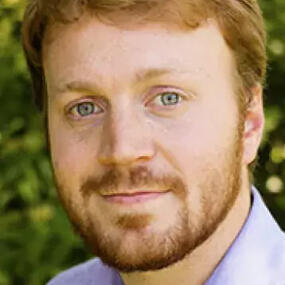
Christoph Pfeiffer - Assistant professor at Karolinska InstituteGoogle Scholar
Talk Title:: osMEG - Bringing measurements closer to the brainAbstract: Magnetoencephalography (MEG) is a non-invasive neuroimaging technique that records the magnetic fields produced by neural activity in the brain. MEG offers high temporal resolution, allowing us to study the fast dynamics of brain activity. Its main clinical applications are the mapping of functional areas and localization of epileptogenic zones prior for surgical planning. However, traditional MEG systems are limited by the use of superconducting sensors that need to be cooled to ~4K (-269°C) with liquid helium. The extreme temperature necessitates thick thermal insulation between the sensors and the subject’s head – which limits signal strength and obtainable spatial resolution. Novel sensors that operate at less extreme temperatures can be placed much closer to the subject’s scalp and the neural sources therein. So-called on-scalp MEG (osMEG) is thus able to achieve higher sensitivity and spatial precision. First simulations and recordings have shown a large potential the technology for research and clinical use.
Organizers

Gonzalo Uribarri (Organizer)
Postdoc at EECS, DCS, KTH & SciLifeLab.
Email: [email protected]
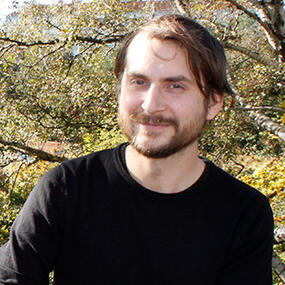
Christoffer Olsson (Organizer)
Postdoc at CBH, MTHS, KTH.
Email: [email protected]
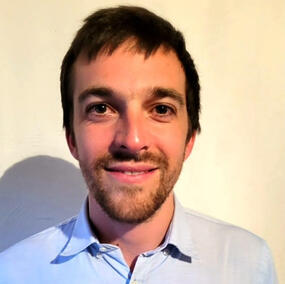
Pascal Helson (Organizer)
Postdoc at EECS, DCS, KTH & SciLifeLab.
Email: [email protected]

Andreas Gerhardsson (Organizer)
Postdoc at NatMEG, Karolinska Institutet.
Email: [email protected]
This event is possible thanks to the sponsorship of KTH Life Science Platform and Digital Futures
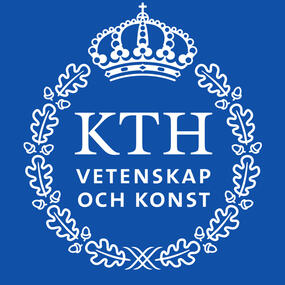

Location
The event will take place on June 8 and 9 in the Digital Futures hub located in KTH campus, Stockholm, Sweden.
View of Stockholm-170351.jpg from Wikimedia Commons by Jonatan Svensson Glad, CC-BY-SA 4.0
Register for the event
We have reached our full capacity for in-person attendance. If you register now, you will be placed on the waiting list in case there are cancellations.
(If we cannot accommodate you in person, you will automatically be registered as a virtual attendee).The number of virtual attendees is not limited.
Deadline: June 4
This event is free of charge, but registration is required for both virtual and in-person attendance. Seats for the in-person event are limited and will be allocated on a balance between a first come, first served basis and an effort to prioritize the diversity of the audience.
If you have any questions or need more information about the event, please contact us:
We will try to reply your message as son as possible.
